McMaster community marks National Day for Truth and Reconciliation
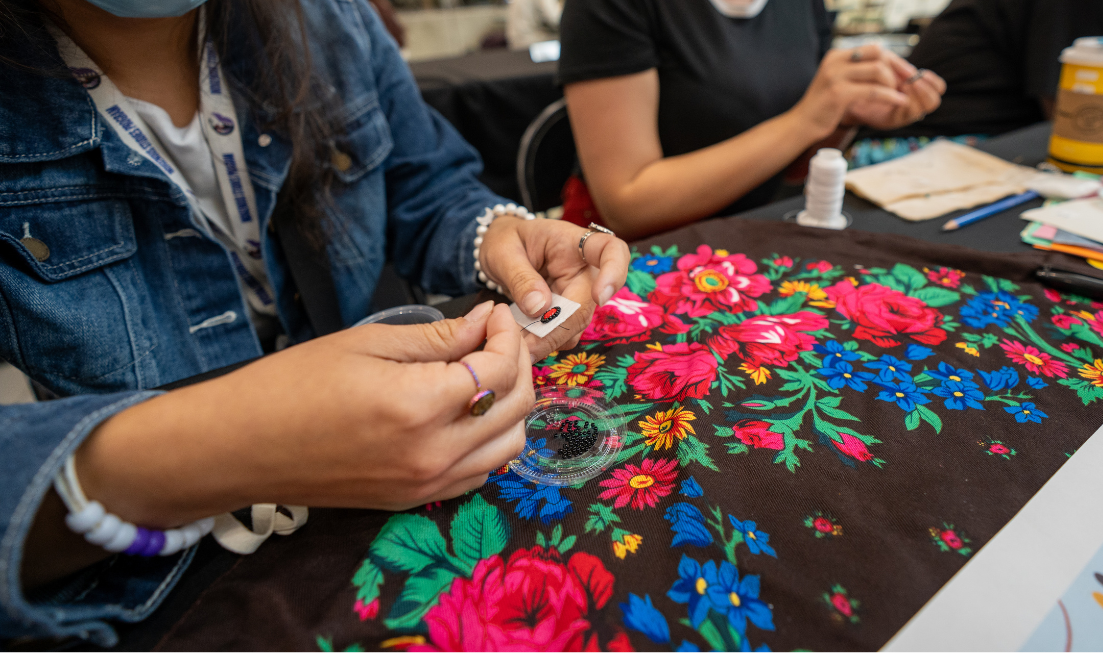
Community members participated in events and observances the week leading up to Sept. 30, to learn more about and reflect on the ongoing impact of the residential school system. (Photo by Georgia Kirkos, McMaster University)
The National Day for Truth and Reconciliation, on Sept. 30, is a day of commemoration to learn about, recognize and reflect on the ongoing, intergenerational impact of residential schools, to honour survivors and to remember the children who never came home.
While McMaster is open on September 30, no classes are being held, to allow the community time and space for mourning, learning and reflection.
In addition to being an important time of recognition of the terrible legacy of residential schools, it’s also a time for hope, says Rob Innes, chair of the Indigenous Studies department and co-chair of the newly formed Truth and Reconciliation Communications Committee at McMaster.
“It’s an opportunity for all Canadians to listen to the experiences of survivors and learn more about the revitalization of Indigenous cultures, languages and heritage taking place on our campus and in communities across Canada.”
In the week leading up to Sept. 30, members of the McMaster community participated in several events and observances to learn more about the impacts of the residential school system.

The Indigenous Studies Department screened the Woodland Cultural Centre’s Truth and Reconciliation presentation.
Professor Rick Monture, who spoke after the presentation, shared a poignant letter that his uncle, a residential school survivor, wrote about his experiences, warning of the damaging impact of the Indian Residential School program.
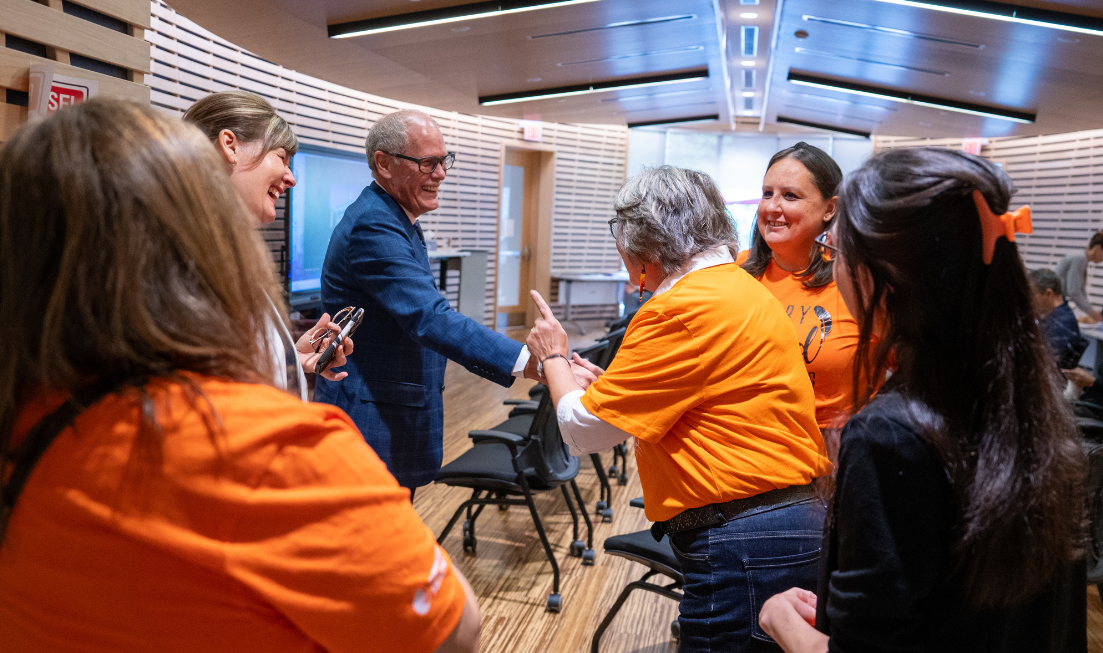
While the university is working to make strides toward Truth and Reconciliation, “Indigenous faculty, staff and students continue to be impacted by the ongoing trauma of the residential school system and colonial injustices,” says President David Farrar.
“The Truth and Reconciliation Commission’s calls to action highlight the immense barriers that Indigenous individuals and communities face, and it’s vital that we understand them all, including those specific to universities.”
We need to continue to address challenges such as the historic underfunding of Indigenous academic and research programs, barriers to Indigenous representation in university leadership and faculty, financial burdens, the ongoing need for further mental health supports, and the loss of connection with traditional ways of knowing, cultural practices and community, Farrar says.
“I am grateful to the Indigenous community on our campus, whose leadership and guidance have allowed us to begin addressing these and other barriers. I look forward to building on this important work and continuing our collective journey toward Truth and Reconciliation.”
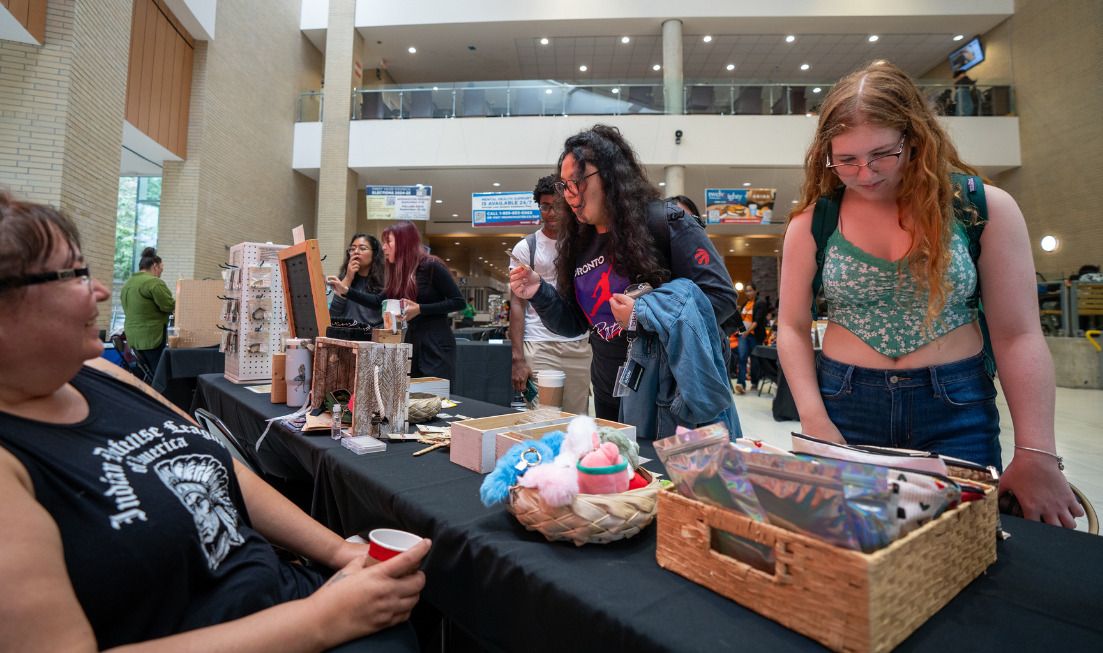
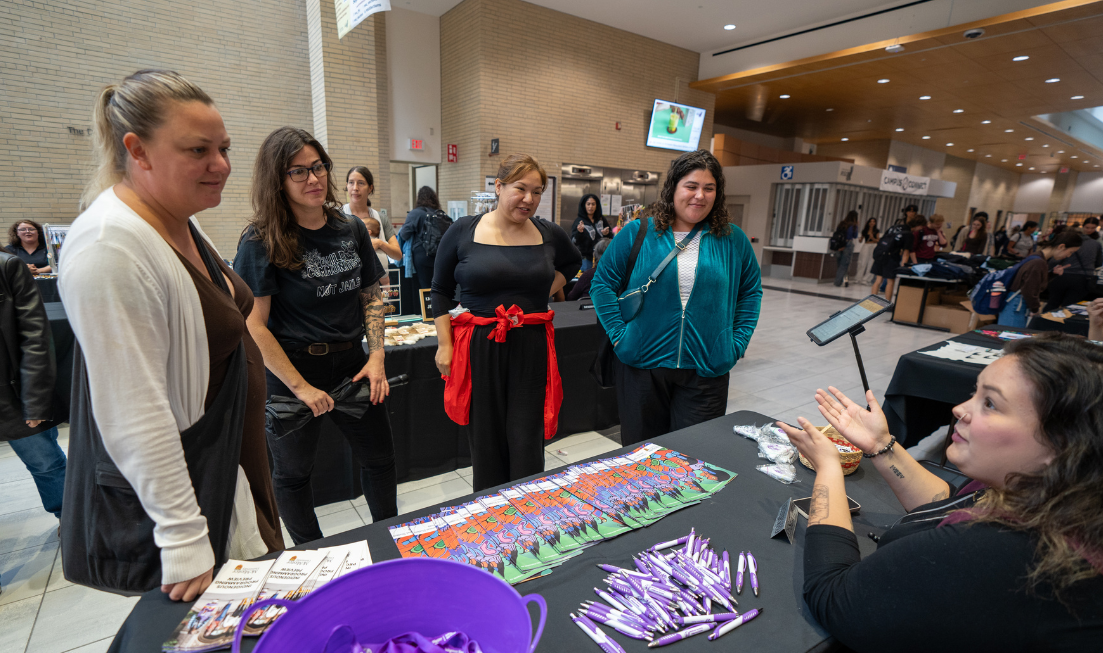
Indigenous Student Services organized a vendor market in the atrium of MUSC, where a number of local Indigenous creators showcased their their work. Students could also try their hand at beading, at a table set up by ISS student volunteers.
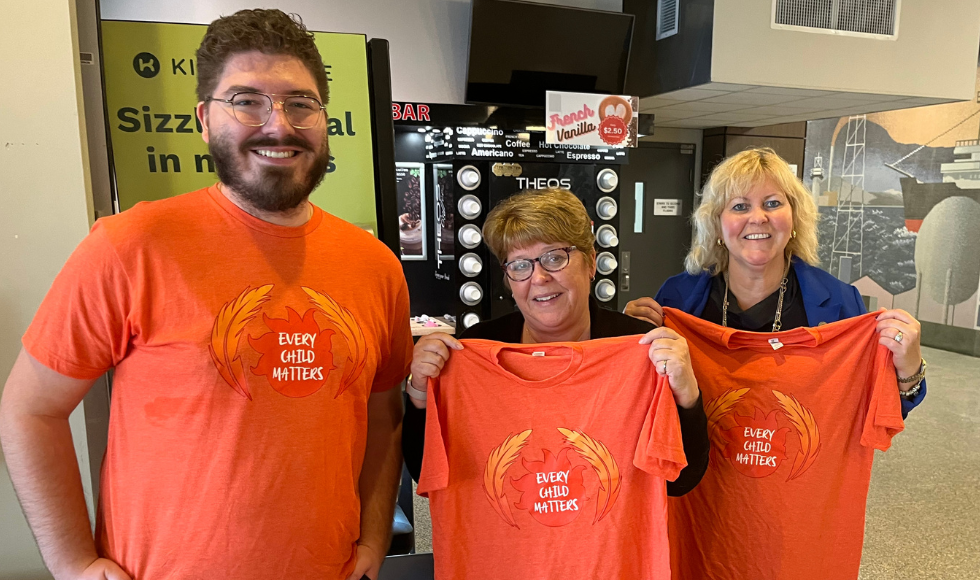
“Supporting Truth and Reconciliation is essential to fostering Indigenous academic excellence,” says Susan Tighe, provost and vice-president (Academic).
“At McMaster, we are committed to creating environments where Indigenous students, faculty and staff can thrive. The events of the past week remind us that meaningful reconciliation goes hand in hand with empowering Indigenous voices in academia.”
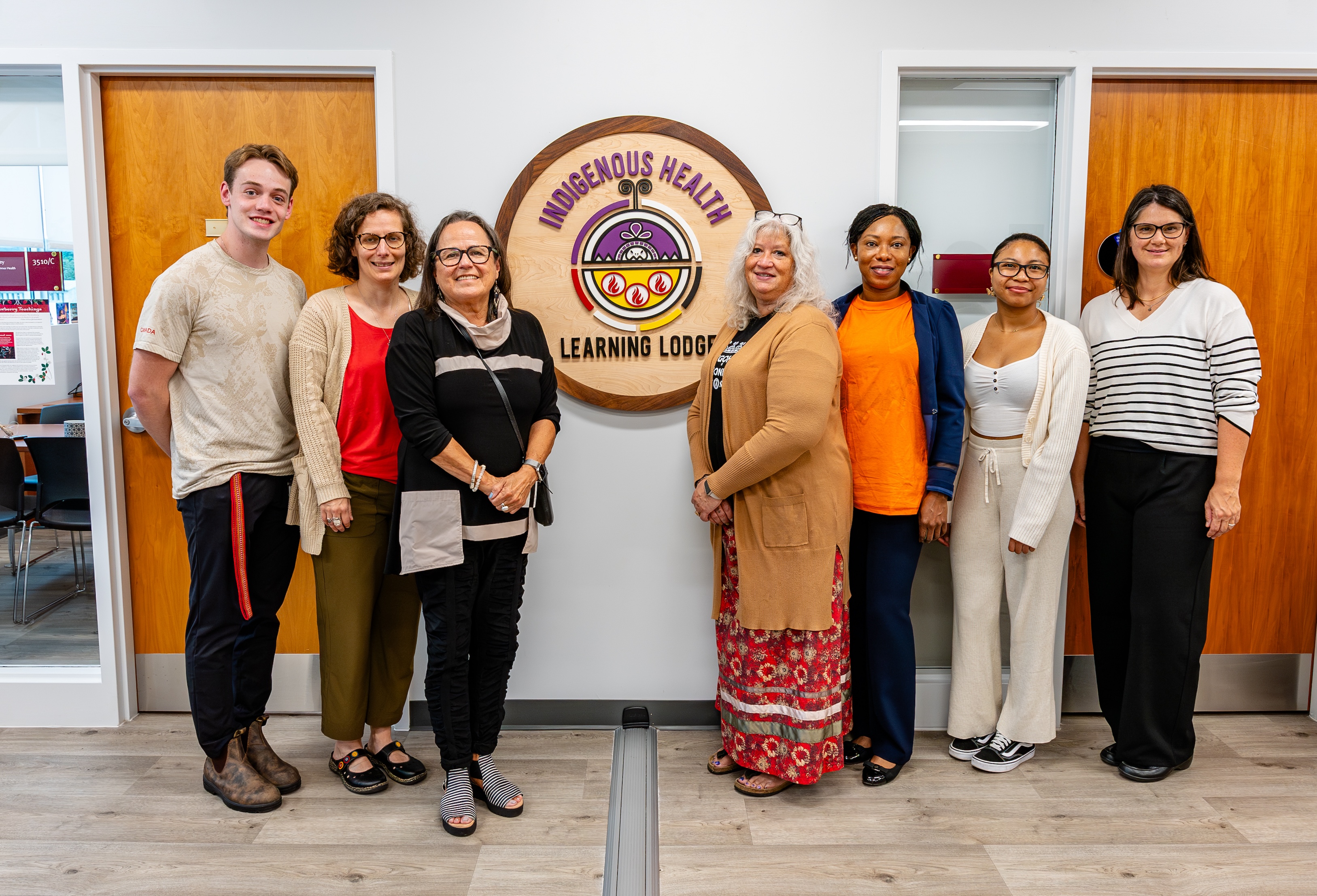
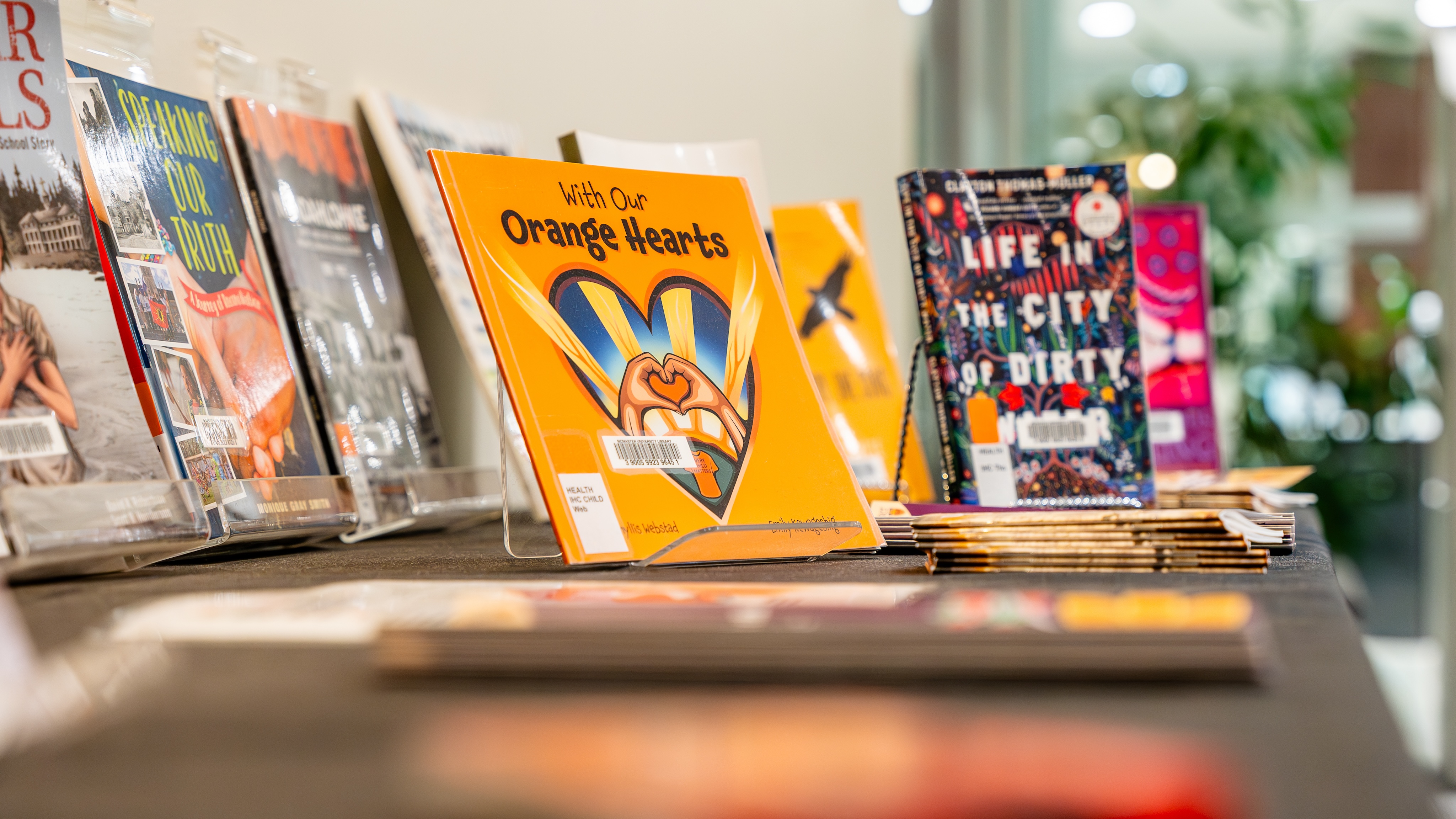
The Health Sciences Library curated a special display of books focused on Indigenous history and culture, as well as Truth and Reconciliation.
Among them is With Our Orange Hearts by Phyllis Webstad, the residential school survivor whose story of having her shirt taken away inspired the Orange Shirt Day movement.

The department of Pediatrics in the Faculty of Health Sciences hosted a drop-in discussion event, guided by quotes from several books written by Indigenous authors.
The books are part of an in-house library that promotes equity, diversity and inclusion, available for faculty and staff to borrow and further their learning.
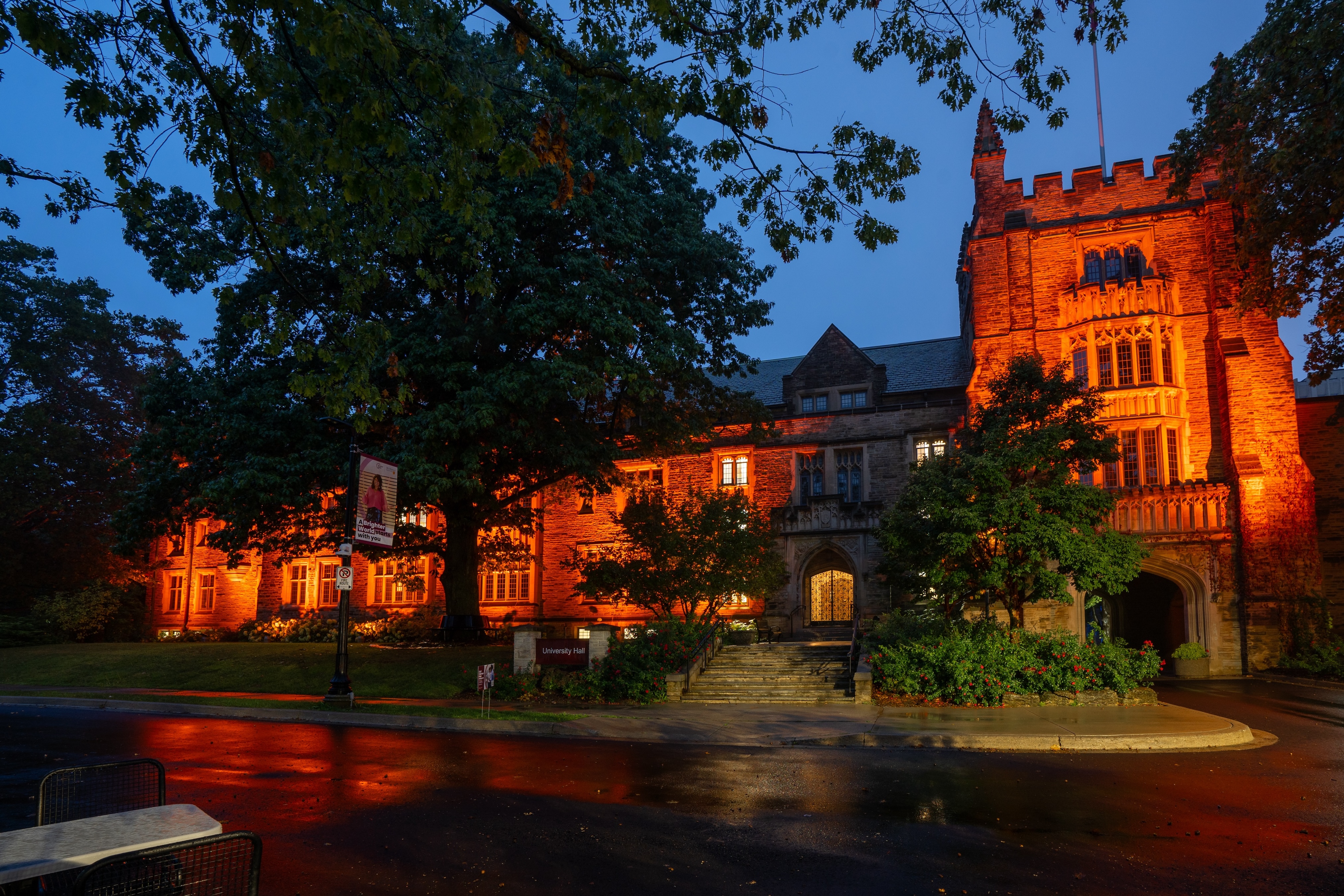
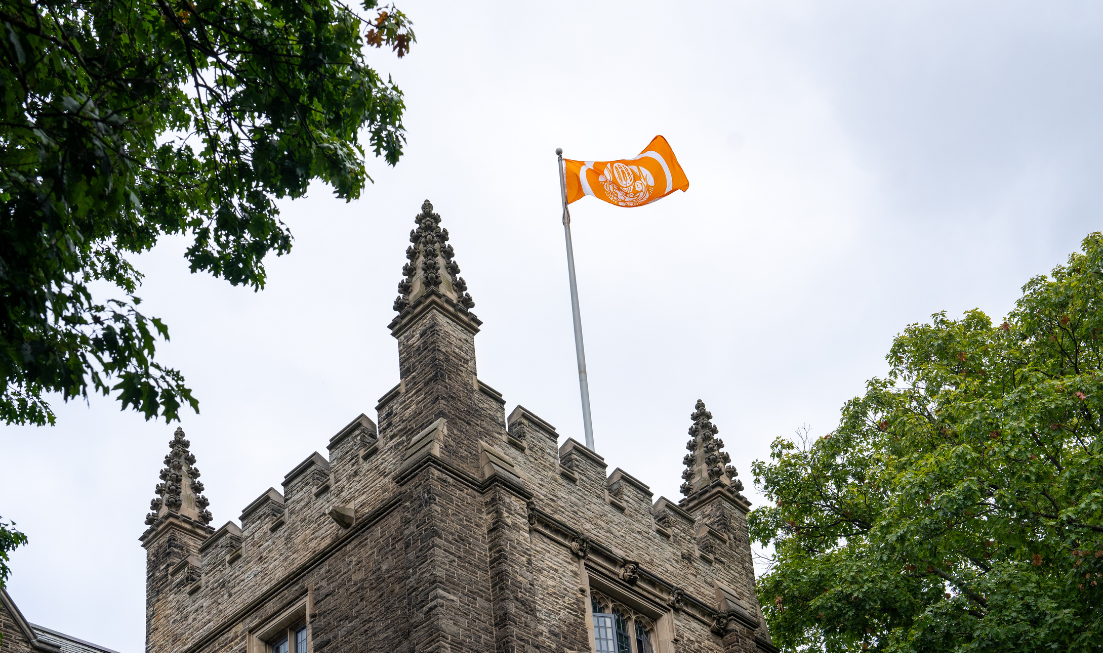
The Survivor’s flag has been flying above University Hall since Sept. 23. Campus flags will be lowered for the day on Sept. 30.
Read more about Indigenous research, education, student experience and leadership at McMaster

